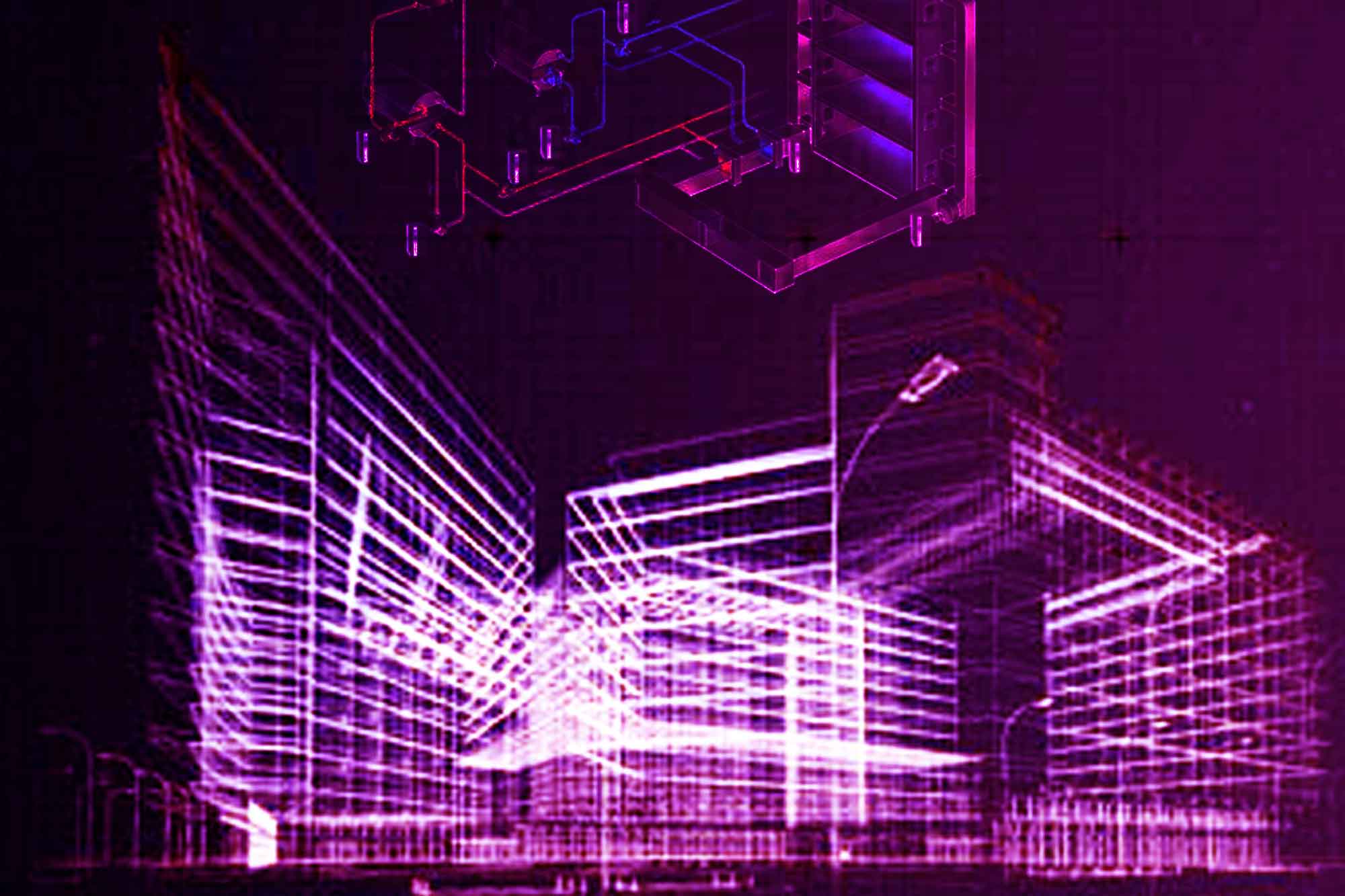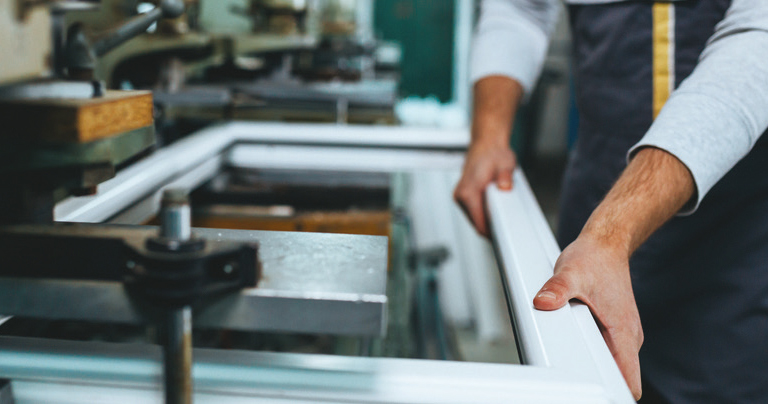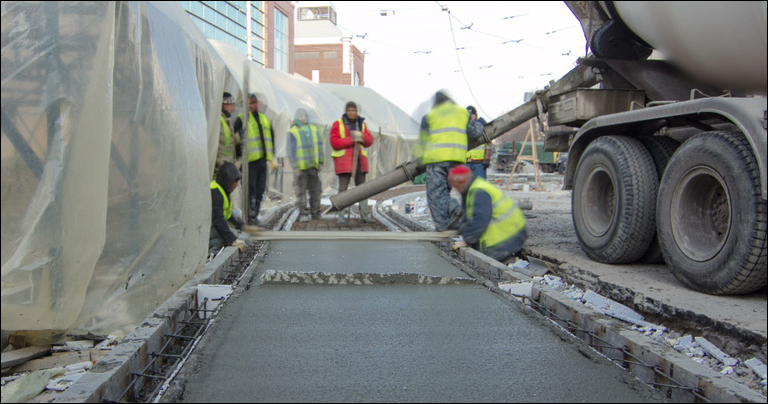Choosing a HVAC system for commercial buildings
By Edit Team | November 24, 2014 7:10 am SHARE

Keeping in mind the complexity of commercial HVAC systems, when choosing and then installing a HVAC system, one must consider number of factors
One feels comfortable, when spending time in any type of commercial building, especially when it comes to ventilation of air. Thanks to the concerned managers and business professionals who make sure to select the right commercial HVAC system to provide required comfort for visitors, customers and clients. They also make certain their employees would enjoy the same comfort.
However, while looking to install commercial HVAC system in business or commercial unit, one should take some steps in order to have the best system possible put in. Because of the complexity of commercial HVAC systems and the number of factors to consider when choosing and then installing a system, ideally one should hire a professional contractor specialising in commercial work.
Having right commercial unit
Prior to selecting appropriate HVAC system, it is preferable to decide what type of commercial unit is required for the purpose. The most popular type of HVAC system for businesses is considered to be the rooftop package unit, which comes pre-assembled with all the necessary components to provide both heating and cooling. One can choose to have a unit that only provides air conditioning if you prefer. These units are simple for technicians to install and easy for them to maintain without interfering in regular business operations.
However, choosing the right unit is something that requires more consideration and attention to be given. One needs to have the right size system. Sizing an HVAC unit is important for the commercial purpose. It’s better to take help from the installation professionals to determine the amount of heating and cooling the HVAC system must produce based on the size of the space, the number of people in it on average, and the output of heat from appliances.
Installer should provide the specifications for standard-efficiency and high-efficiency units, including the estimated costs for its full lifespan. It may turn out that the high-efficiency unit, although costlier to purchase upfront, will offer lower costs for its lifespan. In this case, the investment in initial installation becomes more in order to receive greater energy savings over all.
Selecting HVAC system for commercial buildings
“A HVAC pumping scheme is normally a closed loop piping wherein entire pipe length is filled with water and the system is not open to atmosphere,” points out Gangaprasad Gururaja, Head – Commercial Building Services and Exports, Grundfos India. “The static pressure exerted by the vertical column of pipe is equal on both the sides of pump.”
HVAC system comprises of chillers, circulation pumps, valves, pipes, bends, fittings, air handling units or fan coil units etc. The circulation pumps need to only overcome the frictional losses in the piping and the associated components. It is not necessary for the pumps to lift the water from a lower level. Pump just needs to overcome the frictional resistance offered by the heat exchangers (chillers and cooling coils), pipes and valves. Vertical height of the pipes hardly affects the system resistance as it gets nullified by the static water column.
“Care needs to be taken to size the pressure rating of the pump casing, pipes and associated components considering the static pressure when the system is non-operational,” alerts Mr Gangaprasad.
Circulation pump flow calculation
Let us see how to select chilled water circulation pumps for HVAC application as explained by Mr Gangaprasad. For comfort air conditioning applications, the common design conditions are 44 F chilled water supply (CHWS) temperature from the chiller and the chilled water return temperature (CHWR) is at 54 F, assuming that media used is water. The calculation is done by following formula:
Load (BTU/hour) = Flow X (CHWR temperature – CHWS temperature) X 500 OR
Load (tonnes of refrigeration) = Flow X (CHWR temperature – CHWS temperature) ÷ 24
Here, flow is in US gallons per minute and temperature is in degree Fahrenheit. Usually the designers calculate the heat load of the installation based on various design and site specific data. And the heat load is expressed either in BTU/hr or in tonnes of refrigeration or Kw.
For example, as for given diagram, after energy modelling of the installation, designers arrive at the total heat load of the building as 300 tonnes of refrigeration (TR) and they decide to have 7 nos. of working chillers. Then,
Cooling capacity per chiller = 300 tonnes of refrigeration
Temperature difference = 54-44 = 10 F
Flow required per chiller = Capacity of chiller X 24 / CHWRtemp – CHWS temp) = (300 X 24)/ 10 = 720 USGPM
As a standard practice in HVAC industry, chilled water pumps are sized to feed water per chiller (i.e. one pump per chiller). Based on this, above flow can be considered as flow required per pump for circulating chilled water.
Pump head calculation
To arrive at the resistance offered by the system against the above calculated flow, pressure loss throughout the system has to be calculated. In an air conditioning system, pressure loss is related to frictional resistance offered by pipes, pipe fittings, bends, valves, heat exchangers etc. Pipe fittings consist of elbows, tees, couplings, reducers and unions.
Grundfos solutions
“Grundfos is one of the pioneers in this field of HVAC pumping application. We have range of end suction back pull out pumps of models NB and NK, vertical inline single stage pump model, TP and horizontal split case pump model, HS which are widely used for the circulation application,” says Mr Gangaprasad. “Grundfos with its state-of-the-art circulators models Magna3 and Alpha2 pumps, can meet any requirement which can come up in radiant heating or cooling application.”
Apart from pumps, Grundfos also offers control and automation for variable secondary, variable primary and variable tertiary application. In addition, it offers accessories like, expansion tank, air separators, make-up water systems, suction guides and combination valves for HVAC application.
Get expert advice
One does not want to make an error when selecting a commercial HVAC system as business could suffer because of the discomfort from a poorly chosen and sized HVAC system. Hence it should be ensured that the unit is getting started in the right direction. For this to happen, one should not hesitate to go for expert advice or guidance from HVAC professionals with long experience in selecting, sizing, and installing commercial HVAC.
Cookie Consent
We use cookies to personalize your experience. By continuing to visit this website you agree to our Terms & Conditions, Privacy Policy and Cookie Policy.




















































